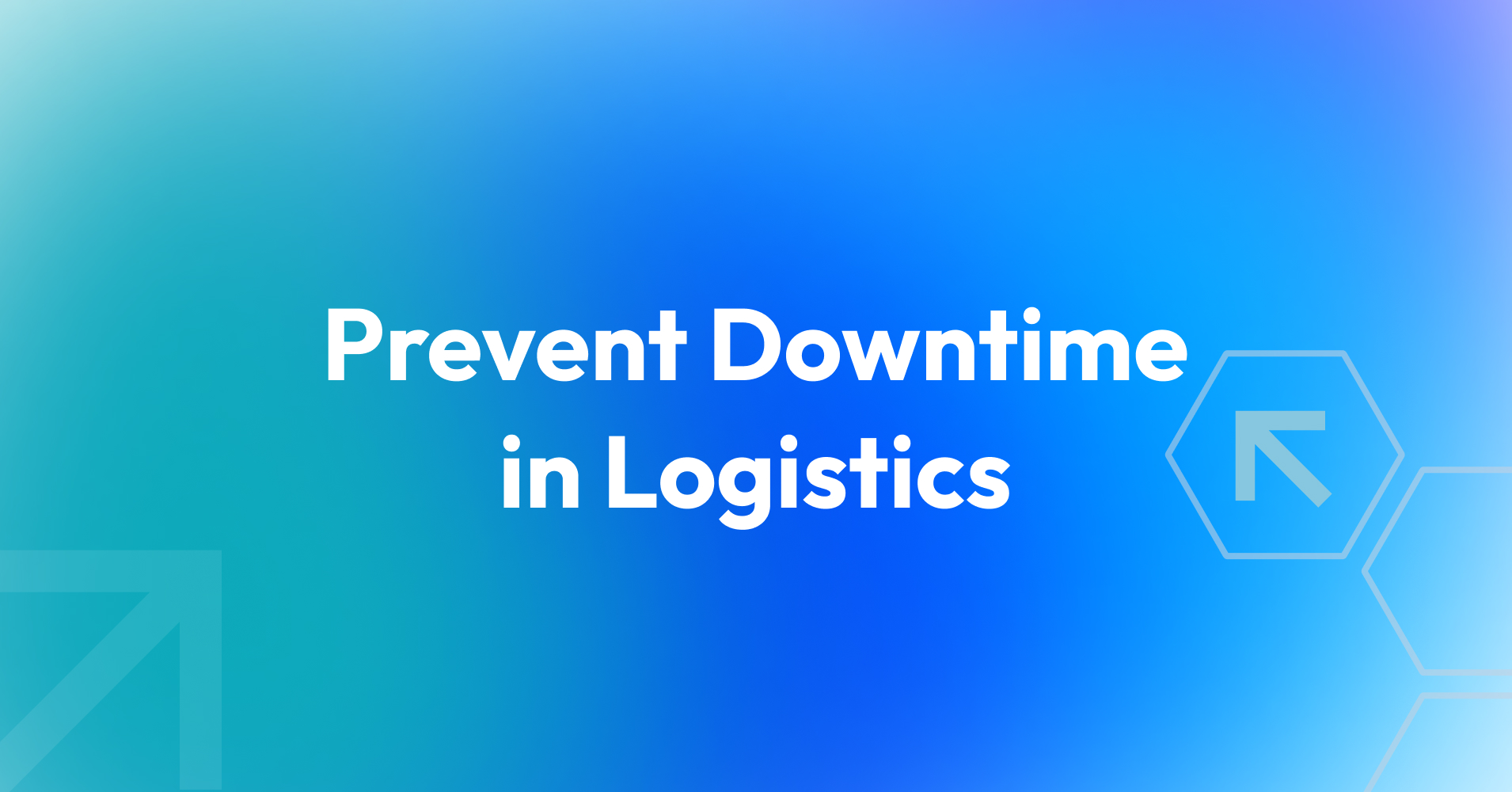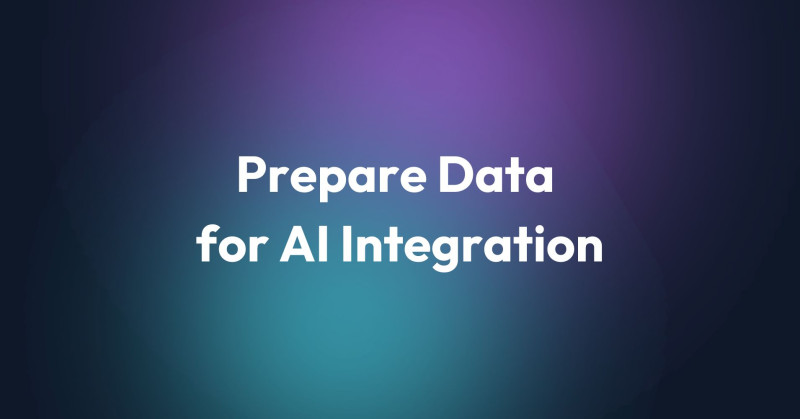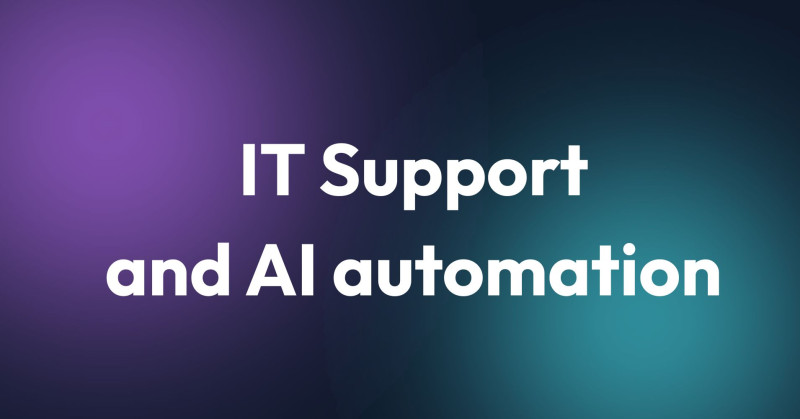AI is rapidly transforming logistics — not just in route optimization or warehouse automation, but also in one of the most operationally critical areas: vehicle maintenance. Predictive AI agents are now enabling logistics companies to anticipate breakdowns, reduce unplanned downtime, and avoid costly service disruptions.

Why Predictive Maintenance Matters in Logistics
In logistics, every hour of vehicle downtime equals lost revenue, delayed shipments, and unhappy customers. Traditional maintenance schedules are either too generic or too late. Predictive AI changes that by:
Analyzing vehicle telemetry, sensor data, and historical breakdown patterns
Identifying early signs of wear, malfunction, or risky driving behavior
Triggering alerts or service tickets before failures occur
Stat: According to McKinsey, predictive maintenance can reduce unplanned downtime by up to 50% and lower maintenance costs by 10–40%.
How AI Agents Work in Vehicle Maintenance
AI agents are essentially autonomous decision-making systems that ingest real-time data, interpret it, and take action. In a logistics setting, they:
Pull data from fleet telematics, GPS, CAN bus, and service logs
Use ML models to detect anomalies and predict failures (e.g. brake wear, battery issues, engine overheating)
Interface with fleet management software to recommend service actions or auto-schedule repairs
Integration with driver apps also allows for real-time alerts and behavior coaching.
MVP: Starting with Targeted AI-Driven Use Cases
A full AI-driven maintenance platform can be built in phases. Begin with high-ROI, low-complexity use cases:
Brake system monitoring: Detect pressure anomalies, overheating, or wear patterns
Battery health tracking: Monitor charging cycles and predict replacement windows
Route-risk correlation: Flag routes linked to increased vehicle strain
Typical MVP stack: Edge device + telematics API + LLM pipeline + fleet dashboard. Delivery: 6–8 weeks with a focused team.
Implementation Challenges
Data fragmentation: Multiple vehicle types and telematics vendors complicate standardization
False positives: High accuracy models require historical fleet-specific data
Integration: Requires APIs into maintenance software and vehicle systems
Regulatory compliance: Especially for cross-border or commercial freight operations
Example: Mid-Sized Logistics Operator
A regional logistics company with a 200-vehicle fleet implemented an AI agent to monitor brake system health. Results after 3 months:
37% reduction in unplanned service calls
+18% increase in fleet availability
12 hours saved weekly on manual inspection planning
Why Now
The convergence of edge computing, low-latency connectivity, and pre-trained AI models makes real-time maintenance prediction cost-effective. Rising fuel and labor costs mean that every avoided breakdown has a measurable ROI.
Final Thoughts
AI agents for vehicle maintenance are a practical way for logistics operators to cut costs, improve reliability, and digitize one of the last manual processes in fleet ops. Start small, scale fast — and turn downtime into data-driven uptime.
FAQ
What kind of data is required for predictive maintenance AI agents?
GPS logs, engine and sensor data (e.g. temperature, RPM, pressure), driving behavior, and historical repair records are most useful.
Can AI models work across different vehicle brands and models?
Yes, with proper data normalization and integration layers, but performance improves when models are tuned to specific fleet types.
How long does it take to deploy a predictive maintenance MVP?
Typically 6–8 weeks depending on fleet size, data availability, and API access to vehicle and maintenance systems.
Is it worth deploying AI if I already have scheduled maintenance?
Yes — AI complements scheduled maintenance by catching failures that fixed intervals miss and reducing over-maintenance.
What’s the typical ROI for predictive maintenance in logistics?
Companies report 15–30% cost savings through fewer breakdowns, optimized parts replacement, and reduced downtime.





















